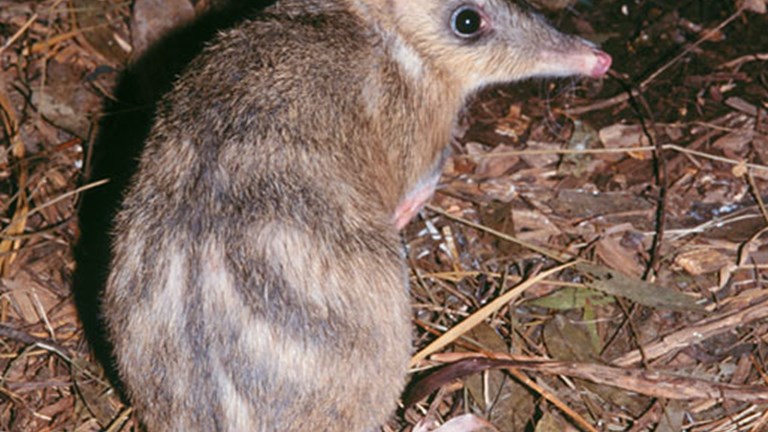
Eastern Barred Bandicoot
Perameles gunnii
The wind blows through a sea of grass
Wildflowers bloom bright between the clumps
Where lizards, butterflies and beetles thrive
Not an empty place but full of life
When the first Europeans arrived in Victoria there were grasslands on the vast, undulating western plains, on the northern plains and in Gippsland. Aboriginal people used fire to maintain the open nature of the grasslands, stimulate the growth of useful plants and attract animals for hunting.
European settlers found that the expansive grasslands provided good grazing and were easy to convert to cropping and improved pasture. Today less than 1% of these magnificent grasslands remain. Grasslands in the Melbourne area are still under pressure as land values increase and the demand for new housing continues.

Perameles gunnii
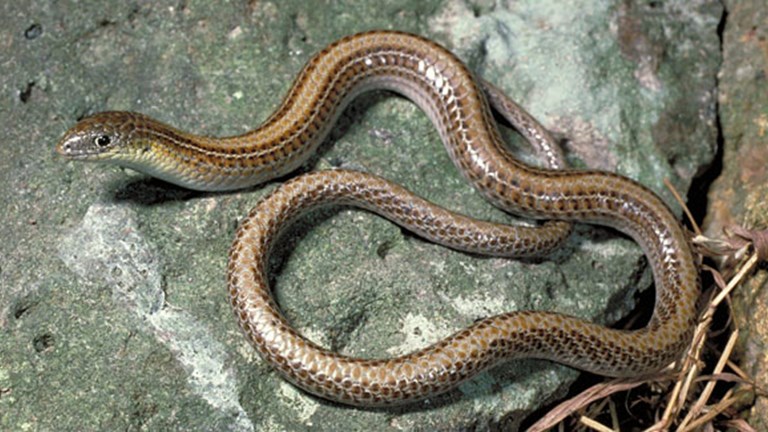
Delma impar
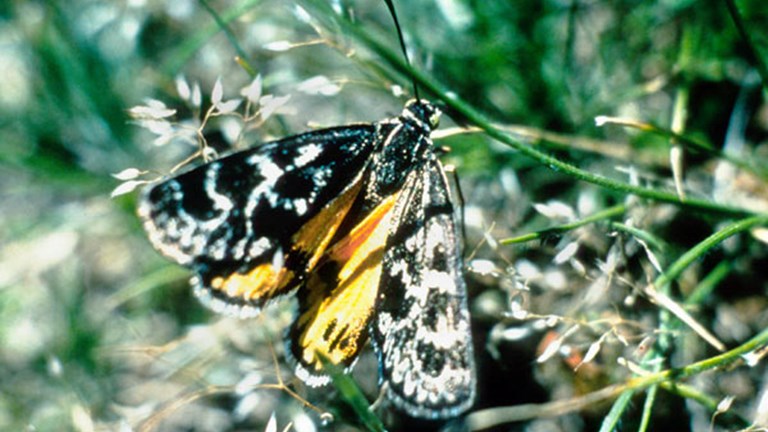
Synemon plana
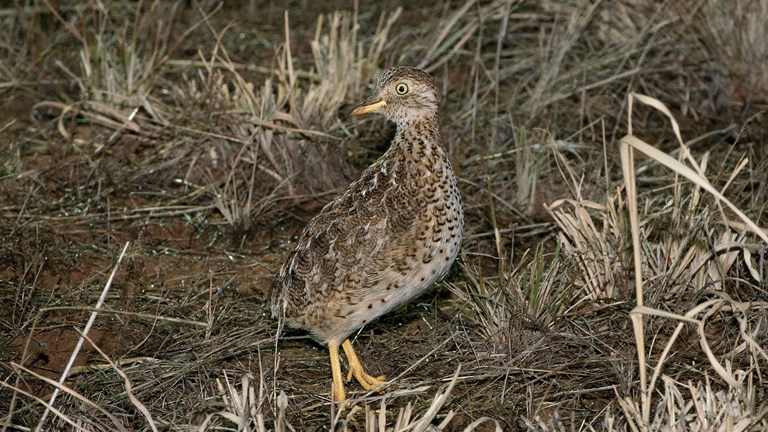
Pedionomus torquatus
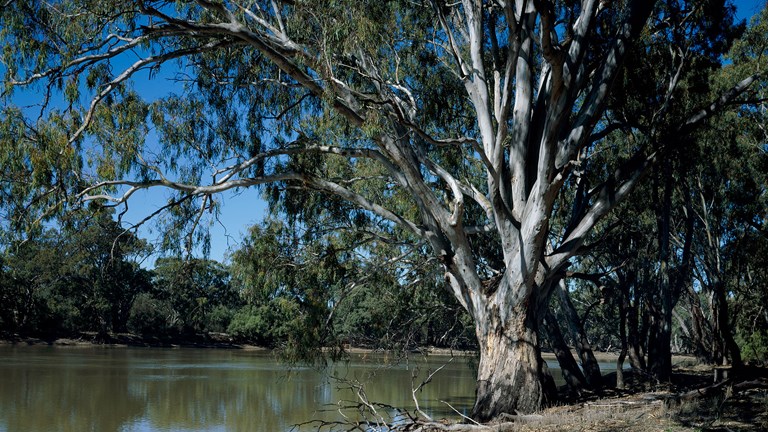
There are many types of dry forests in Victoria including stringybark, red gum, grassy woodlands and the remnants of the once great box–ironbark forests.
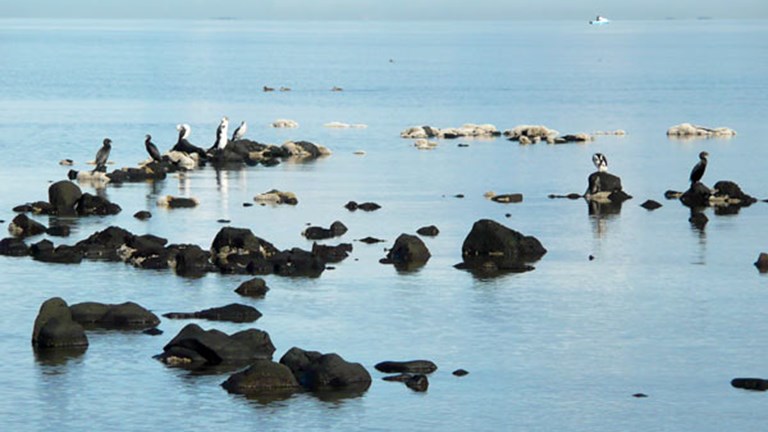
Victoria’s coastal wetlands are significant places for wildlife, with many listed in international conventions to protect the habitat of migratory birds.
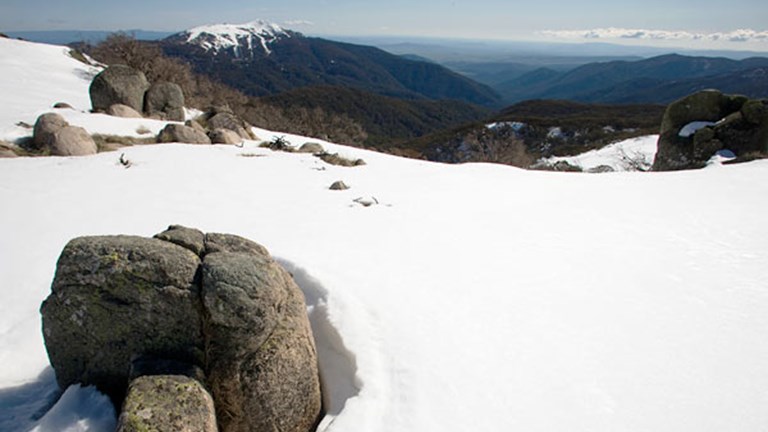
The Victorian Alps extend from the plateaus of Lake Mountain and Mt Baw Baw to peaks such as Mt Feathertop and the headwaters of the Murray River.
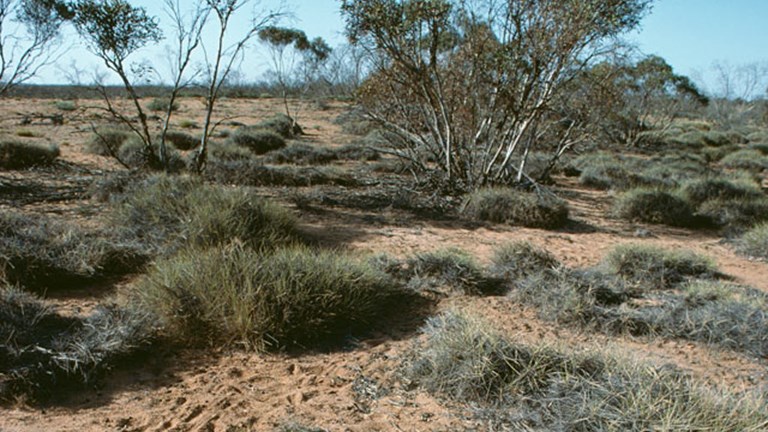
The Victorian Mallee in the north-western corner of the state has a mosaic of vegetation types adapted to low rainfall and sandy soils.
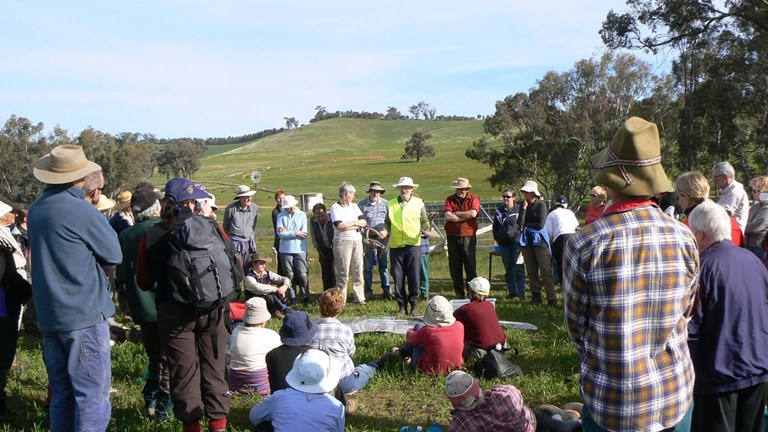
Find out about the issues affecting our special places and the plants and animals that live in them, and discover some ways you can help.
Museums Victoria acknowledges the Wurundjeri Woi Wurrung and Boon Wurrung Bunurong peoples of the eastern Kulin Nations where we work, and First Peoples across Victoria and Australia.
First Peoples are advised that this site may contain voices, images, and names of people now passed and content of cultural significance.